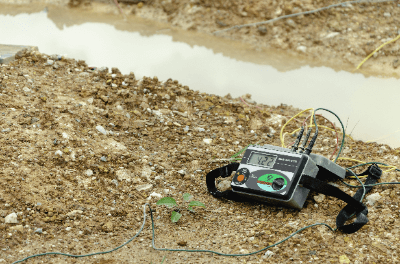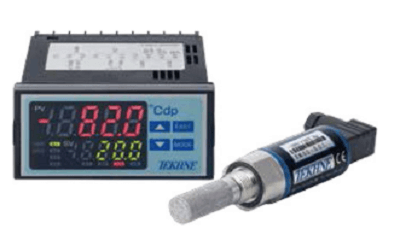What Is a Photomultiplier Tube?
A photomultiplier tube is one of the light sensors that can convert light into electricity. The PMT consists of a glass tube in a vacuum with an incident window, a photocathode, a dynode, and other components. The principle is based on the external photoelectric effect, a phenomenon in which electrons are emitted from the surface of a metal when light is irradiated on it in a vacuum.
Since even very weak light signals can be converted into large electrical signals, photomultiplier tubes are used as photodetectors in spectrophotometers, spectroscopic analyzers, and other instruments.
Applications of Photomultiplier Tubes
Photomultiplier tubes are very sensitive and can convert very weak light into a sufficient amount of electrical signals. On the other hand, they also have disadvantages, such as requiring high voltage for use and being prone to picking up noise.
They are used in detectors for optical analyzers, such as UV-visible spectrophotometers and emission spectrometers. They are also used in dust counters to measure particles in the atmosphere, laser radar (LiDAR) to detect scattered light from suspended particles in the air, and medical devices such as PET and CT for cancer screening.
Photomultiplier Tube Principle
A photomultiplier tube is an optical sensor that can detect light and convert it into an electrical signal. A window through which light enters, a photocathode, a focusing electrode, a dynode, and an anode are mounted inside a glass tube under vacuum conditions.
PMTs, apply the external photoelectric effect, in which electrons are emitted when light strikes them. This phenomenon occurs when light is irradiated onto a metal under a vacuum, causing electrons to be emitted from the metal surface. When light strikes the photocathode, electrons are knocked out of the photocathode. The knocked-out electrons are accelerated by the focusing electrode, and when they strike the dynode, multiple secondary electrons are emitted. The emitted secondary electrons then collide with the next dynode, where more secondary electrons are emitted. Repeating this process increases the number of electrons many times over, and eventually, a sufficient amount of electrons are detected as an electrical signal.
Solar cells and photodiodes can also output electrical signals from light, but PMTs are superior because they can output electrical signals from feeble light.

